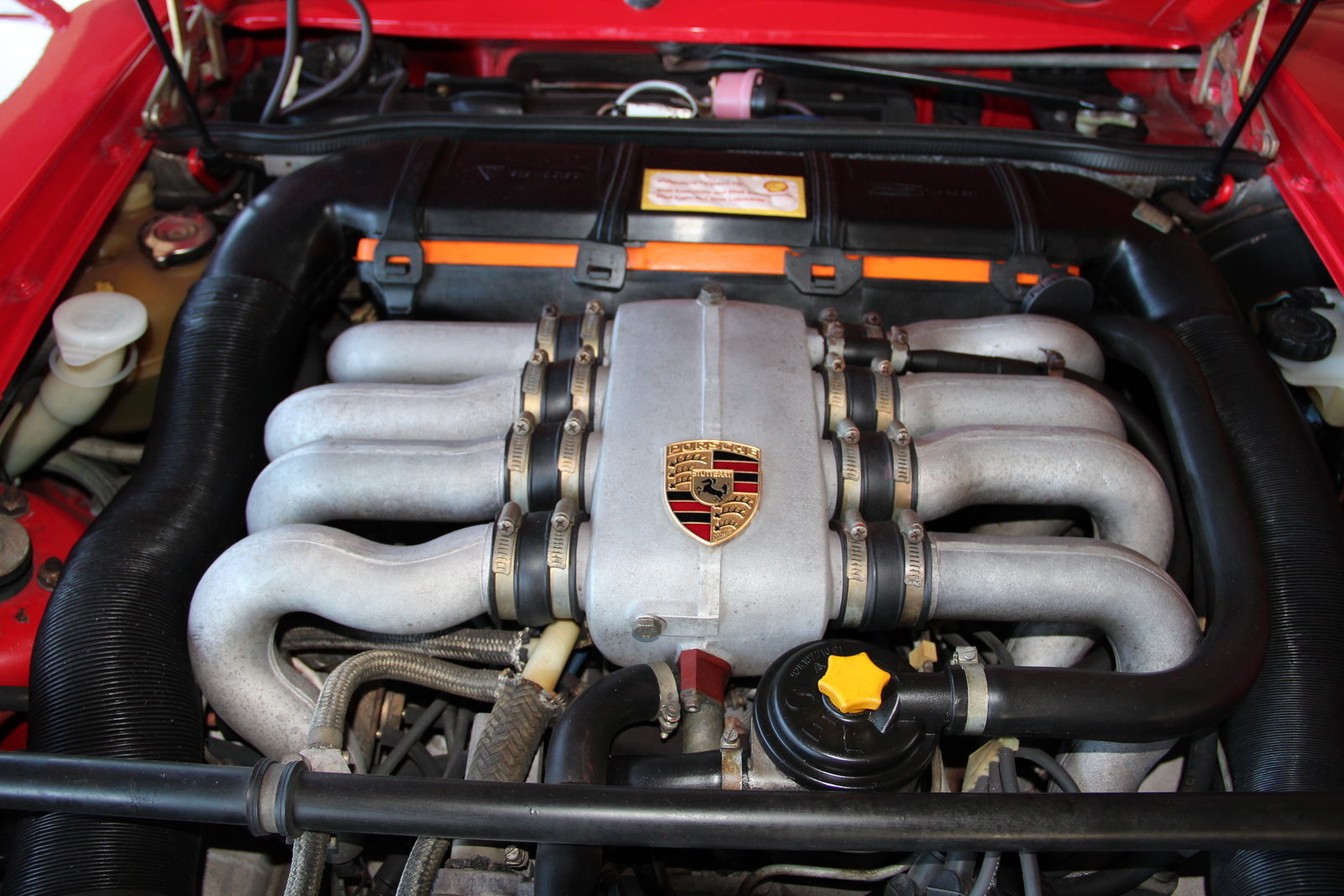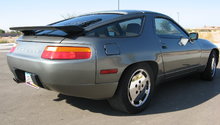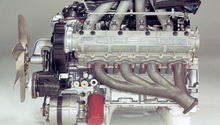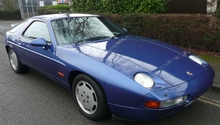Porsche 928: Specification by Trim
Over the two decades that the first generation 928 was in production, the engine's displacement grew in size, wings, wider fenders and electronics were added, and weight was reduced. Throughout its lifespan, the 928 grew in complexity. Of course, this led to electronic problems and other gremlins, but also made it a more competent performer. Read more specifics of the 928 in this detailed article.
This article applies to the Porsche 928 (1978-1995).
Never intended as a purpose-built sports car, the 928 was Porsche's answer to the packaging problems inherent in the 911. Instead of opting to cram more into the tiny engine bay over the rear-axle as they had been doing with the 911, the 928 utilized an extended front-end and spacious engine bay to house a V8 – the first eight-cylinder engine available in a production Porsche. Over the years, the engine's displacement rose, its fenders widened, and it got smarter through electronics and quicker through weight reduction. Spanning the 1980's, the 928 was subject to many of the technological innovations of that period that are still, in some guise, used in today's cars.
Devised during the oil crisis of the 1970's, the 928 was intended to use a small displacement V8; a 3.3 liter was proposed but baulked by engineers. Settling on a 4.5 liter V8, the earliest generations of the 928 offered an impressive 240 horsepower. The engine, being water-cooled, was a step forward in so many ways, though this innovative approach was not appreciated by purists. By 1982, the engine's displacement grew from 4.5 to 4.7 liters and gained a substantial amount of horsepower; reputedly delivering as much as 330 hp on some European dynos. The advertised figures were much more conservative. Bosch's mechanical fuel injection system was replaced with a more refined, electronic item at the onset of the 1980s, and valves doubled in number in the mid-80s. Generally speaking, the first-generation cars are more desirable as their electronics are simpler and easier to maintain. While power was important, the 928 had to balance its performance with pragmatism and economy. Eventually growing to 5.4 liters, the 928 outputted a very respectable 350 hp at its peak in the mid-1990s.

Engine output was only one piece of the 928 which saw improvements over the course of its lifespan. Bodywork was under constant reshaping. The S models of the early 1980s began sprouting wings at both the front and rear ends. The rear wings, which were integrated into the rear hatch at first, became separate units from 1987-1995. As the car evolved over time, it began to assume the role of a more dedicated sportscar. In 1988, the car was released as a Clubsport model in Europe and the U.S. It was up to 200 lbs lighter with different pistons and cams and had improvements to the ECU. Some featured a shorter-geared, stronger gearbox. A slightly plusher version of the Club Sport was released the following year, titled the GT. The GT received a variable limited-slip differential.

In 1991, the GT and standard S4 variants were cut for the GTS model, which received a larger engine, bigger brakes and revised bodywork. This shape would last until the end of the 928's reign. At its peak, the 928 cost $100,000 which led to dwindling sales. Its rather compromised nature made it a divisive car among Porsche aficionados, but nevertheless a decent seller with 61,000 cars sold. Most importantly, the 928 signified the transition from Porsche as a maker of raw, focused sports cars to an auto giant which took economy, comfort and chic styling into account.
Related Discussions
- 928 Interior Differences - Rennlist.com
- 928 Year Differences - Rennlist.com
- Later Model S4 vs. GTS - Rennlist.com
- S-model vs. Non-S Models - Rennlist.com






